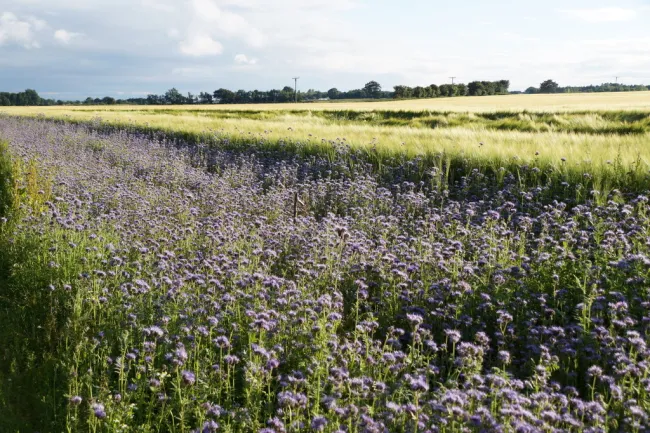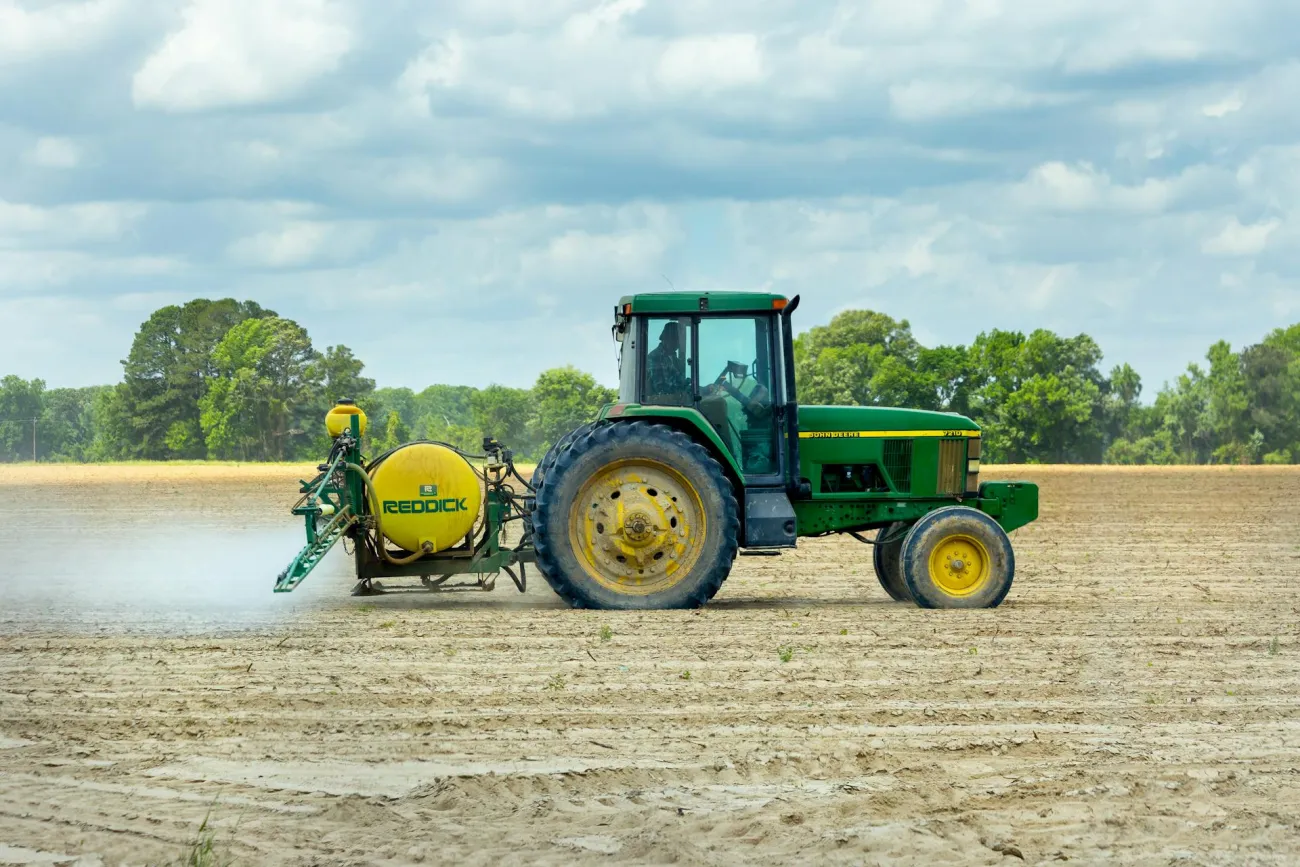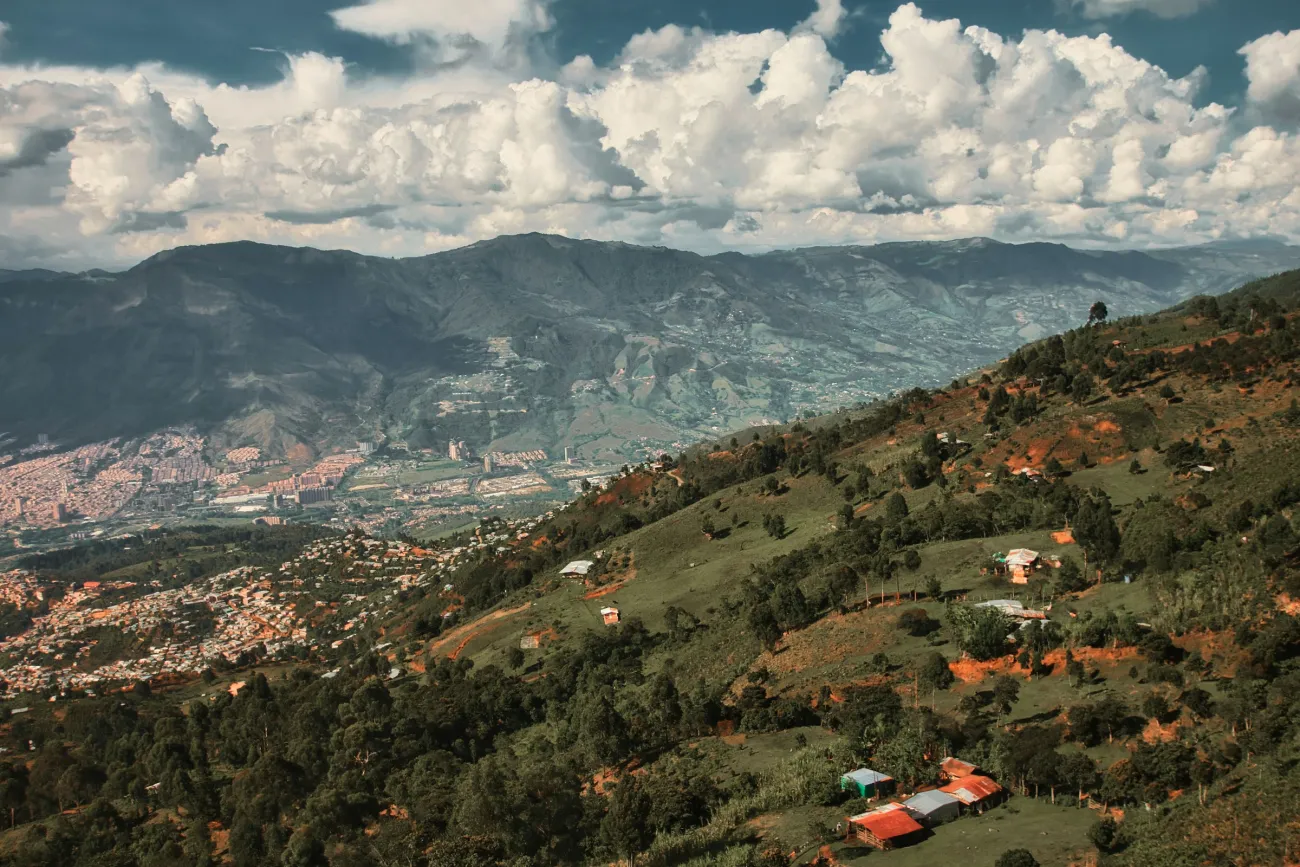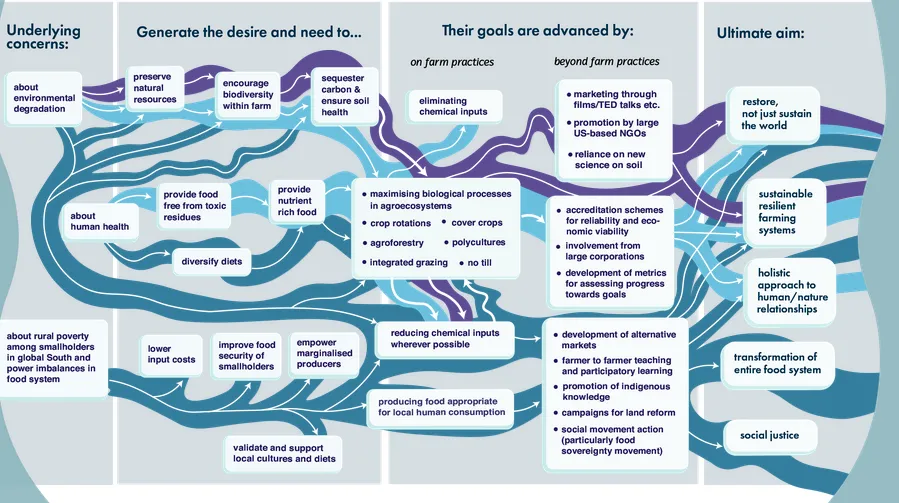This paper reviews initiatives for conserving insects and argues that they must be expanded globally to protect insect populations. It also argues that the value of insects to society must be better communicated to people, e.g. through focusing on the benefits of iconic insect species or particular landscapes.

Section 5 of the paper focuses on insect conservation in agricultural landscapes. It discusses the land-sparing versus land-sharing debate (read the FCRN’s building block on the subject here), noting that insect conservation can happen both through setting aside areas of land purely for conservation and through farming in ways that promote insect biodiversity. In the latter category, the paper outlines several ways of achieving what it terms “agro-ecological land mosaics”:
- Agri-environment schemes: setting aside small areas on farms to benefit local biodiversity, e.g. hedgerows or stormwater ponds.
- Organic farming: avoiding pesticide use. According to the paper, both yield and insect diversity can be improved in cases where groups of organic farms cluster together. A diversity of landscape and flower types on farms can support wild bees.
- Integrated pest management: such as using grassy field margins to promote species that can feed on aphids.
Abstract
The fate of humans and insects intertwine, especially through the medium of plants. Global environmental change, including land transformation and contamination, is causing concerning insect diversity loss, articulated in the companion review Scientists' warning to humanity on insect extinctions. Yet, despite a sound philosophical foundation, recognized ethical values, and scientific evidence, globally we are performing poorly at instigating effective insect conservation. As insects are a major component of the tapestry of life, insect conservation would do well to integrate better with overall biodiversity conservation and climate change mitigation. This also involves popularising insects, especially through use of iconic species, through more media coverage, and more inclusive education. Insect conservationists need to liaise better with decision makers, stakeholders, and land managers, especially at the conceptually familiar scale of the landscape. Enough evidence is now available, and synthesised here, which illustrates that multiple strategies work at local levels towards saving insects. We now need to expand these locally-crafted strategies globally. Tangible actions include ensuring maintenance of biotic complexity, especially through improving temporal and spatial heterogeneity, functional connectivity, and metapopulation dynamics, while maintaining unique habitats, across landscape mosaics, as well as instigating better communication. Key is to have more expansive sustainable agriculture and forestry, improved regulation and prevention of environmental risks, and greater recognition of protected areas alongside agro-ecology in novel landscapes. Future-proofing insect diversity is now critical, with the benefits far reaching, including continued provision of valuable ecosystem services and the conservation of a rich and impressive component of Earth's biodiversity.
Reference
Samways, M.J., Barton, P.S., Birkhofer, K., Chichorro, F., Deacon, C., Fartmann, T., Fukushima, C.S., Gaigher, R., Habel, J.C., Hallmann, C.A. and Hill, M.J., 2020. Solutions for humanity on how to conserve insects. Biological Conservation, p.108427.
Read the full paper here. See also the Foodsource building block What is the land sparing-sharing continuum?




Comments (0)